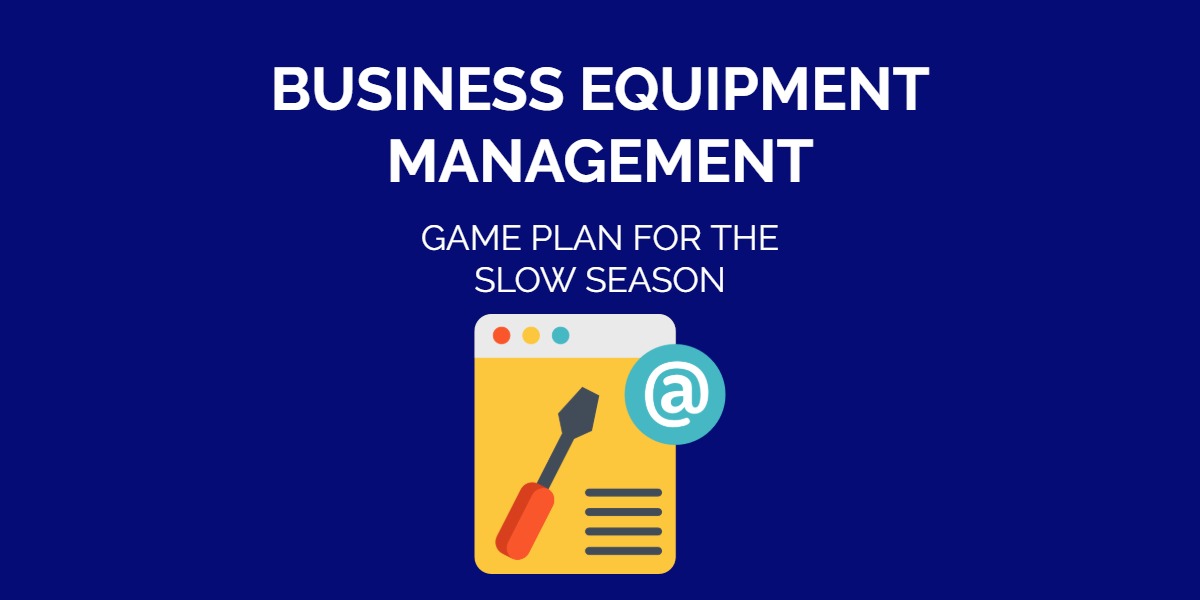All businesses experience productivity fluctuations throughout the year. A little slump is normal, but a prolonged downtime can be cause for alarm. Even thriving businesses can go through seasonal bumps and sometimes take months to recover. In such circumstances, it is important to develop a robust backup strategy to minimize capital loss.
Business downtime can be a result of several factors. Startups new to the market, need some time to settle in and attract potential customers. While age old brands suffer from seasonal shocks or an underdeveloped branding strategy. Regardless of the reason, business downtime can have a significant impact on the company’s bottom line in the following ways:
- Lost productivity: With the sales number falling, employees do not have much work. Idle business equipment is likely to decay or deteriorate during a slow season which is why this is a good time to divert employees to internal asset management. This will also help ensure smooth operations when the business gets up and running.
- Overdue maintenance: Economic recessions hit even the biggest companies. Especially for the manufacturing industry, sales downtime takes a toll on business equipment. Lack of maintenance tracking can lead to prolonged machine downtime which can later translate into costly repair bills.
- Brand Damage: This happens when a slow season lingers on for a little too long. If the downtime persists, it means the business model should be re-evaluated for sustainability. Doing so involves compiling accurate asset and business information. To make this process easier, many companies opt for a cloud-based tracking system for reliable data.
4 Ways to Implement Business Equipment Management Strategy
The key factor for business survival during a slow season is focus on its capital assets.Automation during such procedures has helped 73% companies reduce their operational costs. With reliable information, companies can align their goals with the economic fluctuations and gear up for the future. To prevent permanent damage in the long run, here are a few ways a business can focus on its equipment management for optimal returns:
Analyze Business Equipment Performance
Slow business tends to demotivate employees. However, this might be the best time for them to work on all the tasks you’ve been delaying. Start off by running quarterly reports for all your business equipment. This will help you confirm if all equipment records are in order. If not, then you can get the teams working on any required fixes.
Moreover, in depth reports enable you to track KPI’s for all assets and inventory items. For example in the construction industry, your KPI’s can include project completion ratios, number of accidents on the field and ratio of value added to the business. Once you finalize the metrics, the next step can be analyzing the progress on each metric. If you have encountered a higher number of equipment failures, you should set up service inquiry issues. This way you can filter through records and retire any broken equipment past its useful lifespan.

Read more: Using Asset Tracking Software for In-Depth Reports on Business Assets
Investigate Underlying Maintenance Issues
Business equipment management can get quite tough especially with all the maintenance tickets involved. The slow sales season gives you a chance to investigate any recurrent breakdowns and fix them for the long-term. With the help of a robust tracking software, you can generate service event history and the associated costs.
A close analysis reveals the underlying causes for prolonged downtime. It is possible that an employee may have been using the equipment incorrectly due to lack of training. In such cases, replacing the machine won’t fix the problem. Since business is already slow, it is a good time to invest in rigorous training sessions for the team. Apart from this, you can also design and implement a preventive maintenance routine for your business to eliminate frequent downtimes.
Carry Out an Inventory Audit
Capital intensive companies own a variety of equipment which moves across different locations. For example a construction company has both large machinery and small equipment which is checked out to remote locations for projects. Tight deadlines sometimes make it difficult to review asset custodianship on a regular basis. So, this is something you can focus on during the slow business season.
Pull up inventory records for all the business equipment you own and verify everything is where it should be. If you are running multiple offices, make sure all equipment is physically present at the linked location in records. In case of discrepancies, trace back the ownership line and figure out what went wrong.
A rigorous inventory audit enables you to evaluate the present value of all business equipment. You can retire equipment which is reported as misplaced or stolen. Such practices also help you decide which equipment needs to be purchased. This way a thorough inventory check prepares you for the busy season ahead!

Read more: 4 Tips for Efficient Equipment Inventory Management
Prepare For the Peak season
Even though the business has slowed down, don’t let this dip in sales discourage you from planning for the next season. Start off by strengthening team collaboration across departments so that everyone is updated about the new company strategies. Choose a cloud-based software to store all your business equipment records so they are easily accessible by everyone, anytime. You can also define user roles to restrict unauthorized usage of machinery. This will help to reduce machinery downtime and enable smooth workflows.
Find out what works for the company and discard what does not. There may be some equipment which needs to be upgraded to a newer model. For example, IT equipment requires software as well as hardware updates quite often. Lastly, brainstorm ideas to utilize existing business equipment to cater to the needs of the market.
Set Up New Business Goals With a Cloud-Based Software
One of the key factors to survive business downtime is being able to predict when the lull is going to end. This can be quite challenging if you don’t have the right tools. A cloud-based business equipment management software enables you to gather real time information and analyze it. Keeping up to date with business trends can help you determine the likelihood of a downtime well in advance. This way you can start transitioning into support activities instead of falling into a slump.
Utilize a software to set new business goals and achieve them through economic turbulences. This way you will stay focused and motivated to thrive when the business picks up again!
About EZOfficeInventory
EZOfficeInventory is a leading equipment tracking software. It allows you to track, maintain, and report on inventory from anywhere, at any time.







